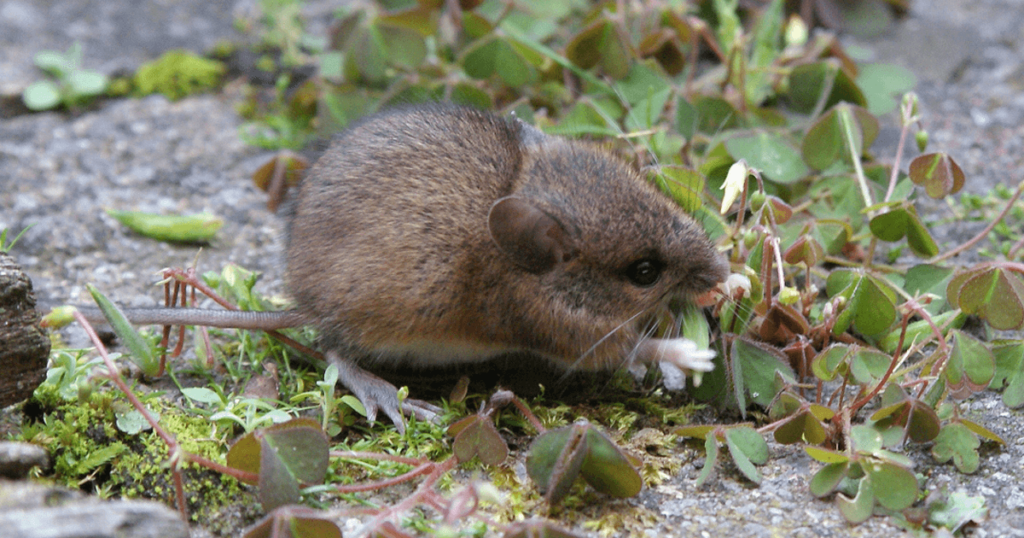
Our established understanding of how animals learn to vocalize divides all the species of the world into two groups: those that can imitate sounds and independently create their own vocalizations (such as humans), and those that can’t (such as monkeys). There is no in between. Vocal learning is strictly binary. Or so we’ve always thought.
According to neuroscientists Gustavo Arriaga, Christopher Petkov, and Erich D. Jarvis, however, we shouldn’t be thinking in terms of either/or. Species with the highest degree of vocal learning abilities, they have discovered, can generate a complete range of sounds effortlessly—in real time and without any external prompting. Other species do not have this degree of vocal fluency but can imitate sounds that they hear in their environments. In nature, vocal fluency is a matter of degree, not of kind. Arriaga and Jarvis term this observation “the continuum hypothesis of vocal learning.”
Jarvis, a professor at New York’s Rockefeller University, has already written about the continuum hypothesis in songbirds, which are not able to form words and sentences the way humans do, but can—because of the development of spoken-language pathways in their brains—create complex and spontaneous vocalizations that form a complete language in its own right. Jarvis and his team are currently studying vocal abilities in mice. The sounds mice make are not as complex as those of other species, though male mice do make unique and discernible sounds during courtship. Compared with songbirds, they are at a more rudimentary point along the continuum. But is that point fixed, or can mice attain new vocal learning abilities and move ahead?
Jarvis is investigating whether the vocal abilities of mice can be altered by introducing into their vocal-learning circuitry certain genes known to affect speech in humans. The team hopes to train mice to change the sounds, pitch, and sequence of their vocalizations as they identify mates and seek food. If mice could expand their vocal repertoire, they could presumably imitate the sounds of another species, among other things. Depending on funding, Jarvis hopes to complete the first stages of these experiments within the next five years.
But is such genetic engineering appropriate or necessary? There is some risk of building a Frankenmouse with vocal abilities not seen in the wild. Jarvis notes, however, that because mice have genomic and physiological traits similar to humans, we already infect them with strains of debilitating ailments, such as Huntington’s disease, that they would not encounter in nature. We do that only to improve the health of humans. At least in his case, Jarvis says, he is “enhancing a trait” in mice. In addition, some species such as parrots already have vocal learning, and we do not call them Frankenparrots. Vocal learning, he might say, is a gift to be shared, not a talent to be hoarded.


